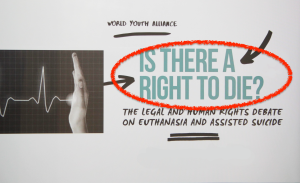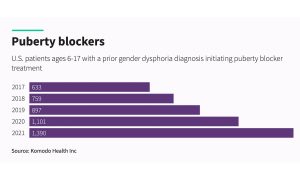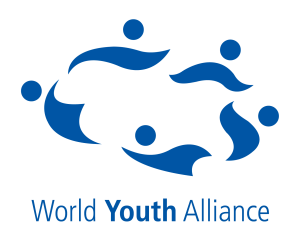Published in the National Review Online, The Corner
Saturday, June 26, 2010

Politicizing Aid at the G8 Summit [Anna Halpine and Greg Pfundstein]
On the agenda at the G8 summit in Canada is promoting maternal and infant health in the poorest parts of the globe. The high rates of maternal and infant mortality in many countries are an impediment to democracy and social development, to say nothing of a human tragedy for these communities. Commitments of resources from the G8 countries to address these problems should be welcomed and commended. Why, then, is the Obama delegation threatening to derail these agreements?
The numbers are shocking: In Sierra Leone, 16 percent of all infants perish, and 28 percent of all children die before they reach the age of five. In thirteen countries in sub-Saharan Africa, more than 1,000 women die in childbirth for every 100,000 live births. In Afghanistan, one in eight women will die as a result of bearing children. All in all, 99 percent of maternal deaths worldwide occur in developing countries.
There is good news: Much can be done, and much has been done, to bring these numbers down. This spring, The Lancet published a new study that demonstrated significant progress in reducing maternal deaths. The article announced that worldwide, maternal death figures are on the decline; rates have fallen from 526,300 in 1980 to 342,900 in 2008. The reasons for the reduction in maternal deaths are many, including lower pregnancy rates for some countries, greater access to education, improved access to nutrition and health care, and the increasing number of skilled birth attendants. Abortion has not been identified as a factor in the reduction of maternal deaths. A study on the question was funded by the Bill and Melinda Gates Foundation, and at the recent Women Deliver conference, Melinda Gates pledged a further $1.5 billion for maternal health, specifying that no funding would be provided for abortion.
Globally, divergent groups and organizations have banded together to find ways to reduce maternal and infant deaths, and to call attention to this largely neglected issue. This coalition has recognized that women and children have often been a marginalized political constituency, and that the deaths of poor women have often not mattered enough to draw the attention necessary to leverage policy or funding commitments. This is now changing, and there is a growing amount of data that provides us with a blueprint for how to accelerate progress in the fight to reduce maternal deaths, as Egypt and other countries have now done. Significantly, the most current research, from the Lancet article to UNDP, identifies the same key factors as the critical elements in reducing maternal and infant death. These factors form the cornerstone of the Canadian prime minister’s G8 initiative for maternal and infant health.
Given this, one would expect there to be universal support for Canada’s leadership in taking on these problems and working to meet these critical needs. But the Obama administration is obstructing this positive consensus. Hillary Clinton, when asked about Canada’s G8 plan to address infant and maternal health in the developing world, said the following: “You cannot have maternal health without reproductive health. And reproductive health includes contraception and family planning and access to legal, safe abortion.”
It is surprising that Hillary Clinton would insist on funding for abortion and risk derailing an initiative that is poised to generate unprecedented commitments in both the private and public sectors. It is especially surprising considering the body of recent scientific evidence supporting the effectiveness of various straightforward, uncontroversial, and achievable means to reduce maternal and infant mortality.
When top U.S. officials change the subject away from important global policy and development work to push for favored hot-button political issues, it gives the appearance of using American taxpayer funding to promote social engineering, bypassing public debate about the best way to achieve development worldwide and address the very real unmet needs of the developing world. Does Hillary Clinton think it is more important to promote liberal Western ideologies than to address the critical needs of the women and children of Africa and Asia? Does she prefer to promote the tired, old eugenic orthodoxies of the largely discredited population-control movement? Is Hillary Clinton — and the Obama administration — willing to hold up funding for maternal and infant health because of a dogmatic commitment to a universal right to abortion on demand? What about the rights of countless women all over the world who want to bring children into the world safely, without risking their lives and the lives of their children?
In much of Africa and southern Asia, where infant and maternal mortality is highest, abortion is not legal. The women and children of those countries deserve the help of the developed world to increase their chances of survival, independent of whatever ideological stance Hilary Clinton wishes to take with regard to abortion. Clinton and the Obama administration should not risk wasting the opportunity provided by Canada’s leadership to provide the needed basic resources for the world’s most vulnerable women and children. She should stand with Canada and join the voices calling for the rest of the G8 to come forward with generosity and political will to achieve this noble initiative.
— Anna Halpine is the founder and CEO of the World Youth Alliance. Greg Pfundstein is the executive director of the Chiaroscuro Foundation.







